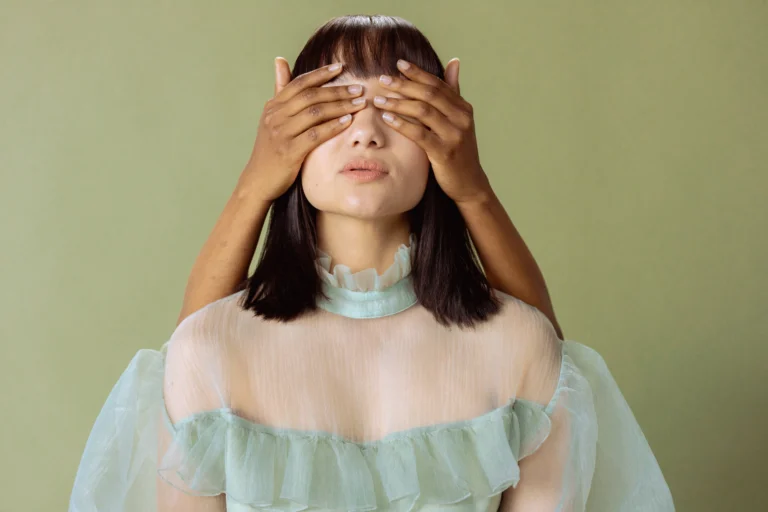What makes a man attractive to a woman? This is a question that has puzzled and intrigued humans for ages.
Women’s preferences are not simple or uniform, but rather influenced by a variety of factors, ranging from genes to social norms, from emotions to appearance, and more.
In this comprehensive article, we’ll explore the different dimensions of women’s attraction and reveal the secrets of what really drives them. You’ll discover the scientific evidence and the practical implications of the art of attraction.
So, are you ready to dive into this captivating and complex topic? Let’s get started!
The Evolutionary Roots of Attraction
Charles Darwin would be proud. Evolutionary biology provides a foundational framework for decoding women’s hardwired preferences. Traits like physical strength, height, and facial symmetry signal genetic fitness – cues our primal brains equate with the ability to protect and provide.
It’s survival of the fittest – literally. Males sporting indicators of robust health and virility increase chances of reproductive success. It’s why many women swoon over broad shoulders, masculine jaws, and other traits echoing these ancient preferences.
But it’s not all about brawn. Evolutionary drives also steer women towards mates boasting resources and social status. It’s the subconscious idea they’ll pass these advantages onto offspring, upping their survival odds. Think of it as seeking a Sugar Daddy caveman.
Of course, evolutionary psychology provides just one piece of the puzzling preference puzzle…
Beauty Bound by Culture
While biology primes the attraction pump, cultural conditioning constricts the flow. Local customs and norms shape standards of beauty far more than science.
Take body type. In many Western nations, rail-thin models fill magazines and dominate advertising. Yet in other societies bigger is seen as better. In parts of Africa and the Pacific Islands, full-figured females are considered the height of beauty.
The same goes for skin tone. Tanned Aussie surfers exude sex appeal, but in parts of Asia pale complexions are prized. Darker skin is viewed as a low class – the result of outdoor manual labor.
Media, community norms, and other societal factors further mold preferences. They promote ideals that influence women’s selection of mates – though often in unhealthy ways.
The Psychological Side of Attraction
Adding another layer to the attraction onion are psychological factors unique to each woman. Personal experiences, family relationships, and intrinsic qualities all contribute.
Take paternal relationships. Women with nurturing, supportive fathers often seek those traits in romantic partners. Alternately, those lacking strong male role models may chase bad boys in misguided attempts to win the acceptance they missed.
Past relationships also shape preferences. Healthy interactions can establish standards of mutual care and respect to seek in the future. Abusive partners might skew attraction towards danger or drama.
Personality preferences are also central. While physical attributes provide the initial spark, enduring relationships depend on deeper compatibility and emotional bonds. Kindness, humor, and empathy kindle connections no six-pack can compete with.
Initial Attraction: The Power of Physical Appeal

Despite these varied, complex forces, physical attraction remains a prime motivator guiding women’s relationship choices. Though beauty ideals and body standards vary, certain universal markers exist.
Symmetry and proportion are intrinsically linked to appeal cross-culturally. Clear skin and shiny hair signal health and fertility. Masculine chin and jaw structure hints at testosterone.
These visual clues ignite initial interest and draw focus. But sustaining relationships takes more than appealing aesthetics. Shared goals, mutual understanding, and emotional intimacy keep the fire burning once that raw physical spark dims.
Nice Guys Finish First: Personality Trump Looks
We’ve all heard “Don’t judge a book by its cover.” But in dating and attraction, looks garner the most attention. However, while appearances draw us in, it’s personality that keeps us captivated.
For women seeking meaningful relationships, character trumps eye color or abs. Traits like honesty, humor, and confidence create bonds that physical declines can’t erode. A man’s essence endures longer than fleeting exterior charm.
Kind, empathetic men who communicate openly make women feel respected, valued, and understood – irresistible qualities. Success and status sway initial impressions but shared principles and emotional support win out in the long run.
Does Money Buy Love? The Influence of Resources

From an evolutionary view, women are attracted to mates with resources indicating the ability to provide and protect. But in reality, financial status alone fails to seal the deal.
Some women do prioritize monetary wealth and social standing. But for most, core values and intimate connections outweigh a bulging bank account. Sharing passions and principles trumps expensive cars or lavish lifestyles.
That said, financial instability can breed relationship stress. Men unable to provide basic needs often feel inadequate, straining emotional bonds. But the secret ingredient is balancing provision with presence – being reliable yet fully engaged.
Questioning Media Messages: Developing Healthy Self-Perception
Women face endless cultural cues for how they should look, dress, and behave. Media, advertisements, and celebrity influencers bombard us with idealized, filtered images that shape preferences in toxic ways.
Rather than conforming, it’s crucial we think critically about these messages. One size does not fit all, despite what Photoshopped models might suggest. We must expand representations of beauty to include diverse shapes, sizes, colors, and styles.
Preferences don’t exist in a vacuum. Being aware of outside pressures enables us to tune into our own voices – and make self-affirming relationship decisions.
Attraction Is A Personal Journey
We’ve explored the varied factors influencing what women find irresistible. But in the end, attraction remains profoundly personal. Tastes are as unique as fingerprints.
Culture, biology, and experiences provide insight into patterns, but preferences ultimately depend on individual needs. What entices one woman may repel another.
By respecting this diversity, we can better understand and empathize with what draws people together – the most essential human behavior there is.
The science of desire will continue to intrigue great thinkers. But by honoring each woman’s journey, we take a step towards healthier attitudes about beauty, relationships, and our shared humanity.

